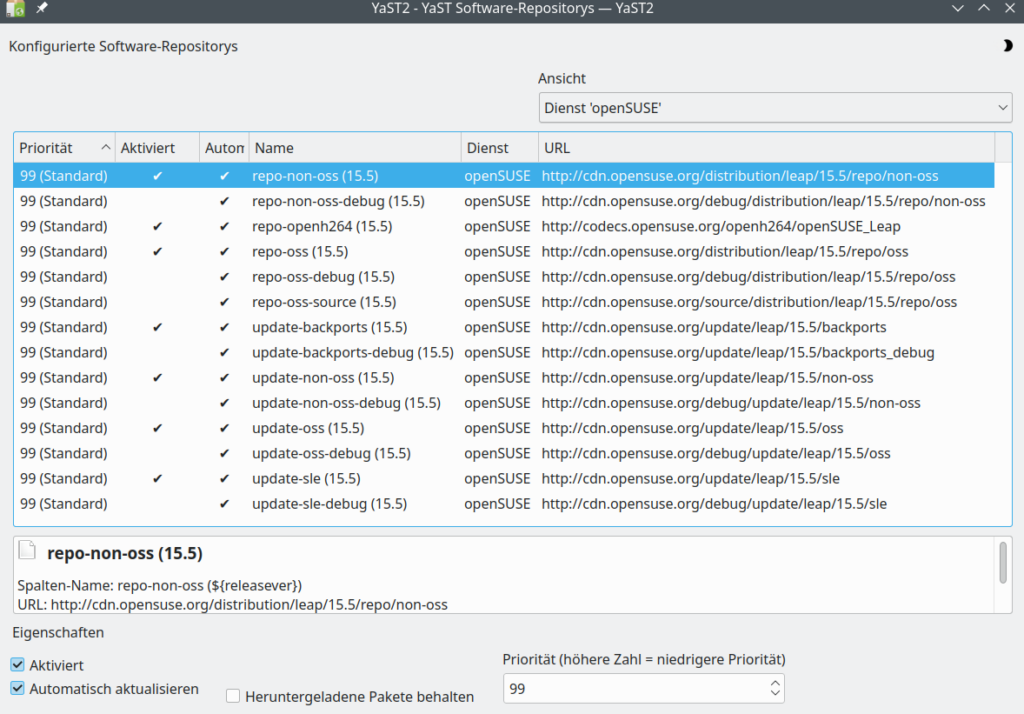My wife still administrates Web-sites for customers. Some of them are based on WordPress. After an upgrade to WP6.5 some pages of a customer web-site went down in the middle of last week.
In addition previewing of authors on these specific pages did not work any longer.
A standard WP error message regarding a critical error of the few affected pages and messages from Browser developer tools that the pages were found to be in “Quirks mode” were not really helpful. Especially as the header of the pages in question consistently were correct!
The common property of all these pages was:
They included relatively large FooGalleries with image numbers beyond 35.
As the customer had to participate in a fair pretty soon and wanted to prepare even more pages with large Foogalleries, he and my wife got into a time pressure situation. Both asked me for help. Well, it took me some time to find the culprit. But I was stupid enough not to follow three simple reasonable rules for such cases:
- Check for PHP errors first!
- Systematically deactivate or even delete unnecessary plugins afterward.
- Never perform some changes in parallel when trying to isolate faulty SW and errors.
Instead I was misguided by experimenting with the FooGalleries first.
As a first measure we performed all the steps recommended by Foogallery for problems (see this site). No effect.
Then I found that if one emptied the thumbnail cache completely the web pages with the large galleries could be loaded just once (either by a page preview or a call from a browser via a VPN). The second call crashed the page however. From this experience I focused on a caching problem first. Which obviously existed …
Afterward I had a look at a reference test site with WP version 6.0.3. There we also had some problem in the beginning.
Concentrating on potential cache handling problems we after a while thought that we had a major problem with a certain Statify method to count visitor numbers in case of caching plugins. From a time when the website owner had installed the W3TC-plugin, the settings of Statify have remained such that a Javascript based evaluation of site visits had been activated without nonce check. Meanwhile W3TC was removed due to some major problems with this plugin in WP and PHP-upgrade phases. But the Statify settings had remained the same. On our test site this appeared to have helped immediately. But I had overlooked that my wife in the meantime also had reduced the number of plugins in parallel to a minimum.
Again a substantial mistake in a process of finding errors! Never work with multiple people at different investigation fronts in parallel without a coordination of the changes in a step-wise row! And do not let pressure from customers affect you.
Correcting the Statify method for counting visitors on the main web-site did not prove to be a remedy in the long run. Some test pages which had not worked before now ran flawlessly. The stupid thing was that for other major pages a cache problem remained and after some time some pages became defunct again. But only some!
On the customer’s website the following plugins were installed: Kadence theme, Statify, FooGallery, FooBox Image Lightbox, Pinnacle Toolkit, Kadence blocks, Kadence Importer.
To make a long story short: Kadence Importer (as of present version V2.1.1) has a major PHP bug. Had I run the website in debug mode from the beginning I would have found it and saved me from hours of testing. And I am now pretty sure that the problem had existed for a longer time – undetected. So even returning to a backup before the upgrade would not have helped.
Deactivating and deleting this plugin, which is not needed on productive WP sites anyway (!), removed all problems. I cannot go into details here why this stupid plugin created caching problems. It is bad – just do not use it!
Lessons learned
- Do not let the customer play with WP-plugins. Mistrust any plugins which basically are made for advertisement.
- Strictly cling to a step-wise strategy for isolating faulty SW after upgrades. Do not let the pressure of a customer make you deviate from your planned sequence of steps.
- First look for PHP errors in WP debug mode.
- Have a test site available and compare the plugin status and settings in detail.
- Deactivate and remove all unnecessary plugins in a systematic manner.
- Keep track of special settings of WP plugins, in particular with respect to other caching plugins. And do not let the customer fiddle with such parameters undocumented.
- And, of course: Make a full backup of yours site before upgrades. Deactivate any automatic upgrade.
I hope this helps other WP admins.


